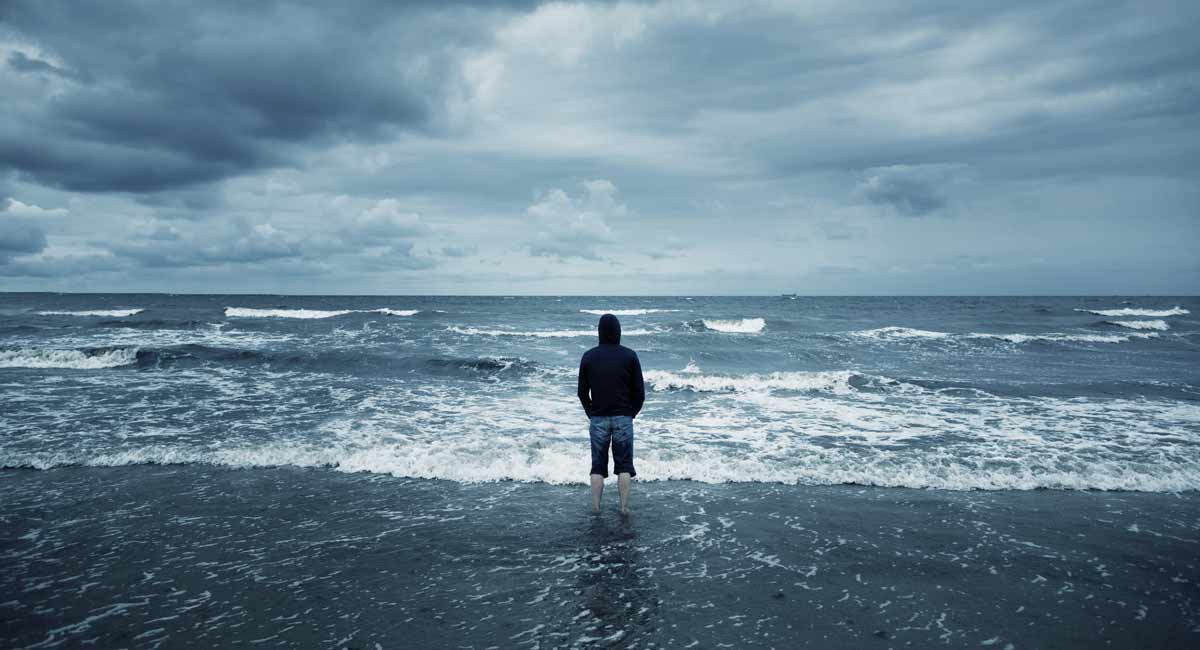(Them Before Us) — I was a donor-conceived (IVF) child and a twin born in 1995. My mother desperately wanted to have children but with no prospect of a traditional family. She lived in central California in the 90’s and was near a larger IVF facility. She proceeded to try multiple times, even taking out a large loan to pay for the attempts, and repeatedly failed to have a successful pregnancy result. My mother prayed fervently and specifically to have twin boys. She prayed for one with blonde hair and blue eyes and one with brown hair and green eyes or the peace to accept another failure. God apparently answered that prayer as I have blonde hair and blue eyes and my brother brown hair and green eyes.
I am eternally grateful for my life, God’s love shown to my mother in answering her prayer, and for all the miracles which had to take place for me to be alive and healthy today. My brother and I were born 3 months early at approximately 26 weeks gestation and weighed about 2 pounds each. However, being 28 years old now and having reflected extensively on growing up as a donor-conceived child of a single mother, I would not advise any other women or couples to conceive a child in this way.
I remember vividly longing for a father as I grew up. It was very specific at times, especially when I would see other children with loving, involved fathers and at other times it was more of a feeling of just knowing some piece was missing in my life. My mother worked hard and long hours at a job she did not enjoy to ensure my brother and I received a good education. This also meant that she was often stressed beyond belief and her patience taxed. It left those moments of childhood ups and downs or sibling conflicts largely unaddressed as missed learning opportunities. I believe that one significant role the father plays for a young boy is challenging their growth physically. I played some sports and did some hard things growing up, but I often stopped short of those things which I knew I had a good chance of failing at. No one was really there to push me to grow beyond those comfort zones. My mom, being a woman, loving me as she did, is not inclined to watch her children fail. Those moments where a father would typically step in with a young boy to nudge them in growth from a boy to a man were not there for me. I look back on my life and see so many of these moments. I had some good role models in the Boy Scouts, in church, and at school, but none of them were that constant presence a father in the home brings. I only realized how far I was behind the curve when I was out of my home and onto college. Learning the lessons I should have learned in childhood as an adult is much harder and the consequences for failure much greater. It is not a process that I would wish on another child.
READ: Academy Award winner Mira Sorvino says motherhood changed her life ‘for the better’
I was raised through my teen years by just my mother until she got married. Although there was some friendly connection with him, it was impossible for him to fill that space of a biological father. Even if I was not consciously thinking the phrase, “you’re not my real dad,” my biology and subconscious screamed it. There were good times, and I am grateful for what efforts he made. Ultimately, my mom divorced him in my young adult years as I tried to be a go-between and navigate a relational complexity which was far beyond my ability. Despite never having a father abandon me or experiencing some divorce before, this event brought up emotions in me I had not expected. I now believe those emotions to be tied to the natural, biological feeling of having been already separated from my father by the circumstances of my birth. Having that empty space even fractionally filled for some time was a bit of a balm and so the removal of that person still hurt significantly. This instability, had it happened in my younger years, without a doubt would have affected me much more as a child.
It is a no-true-win situation for a child to grow up as donor-conceived…. Continue reading at Them Before Us.
Editor’s Note: This article was originally published at Them Before Us and is reprinted here with permission.








